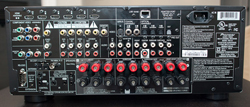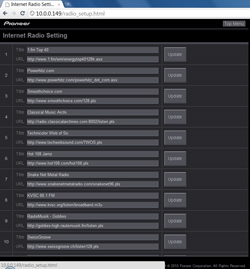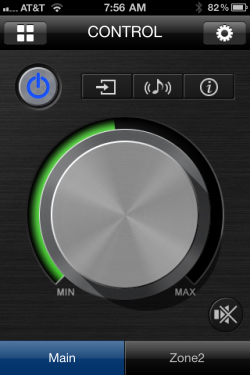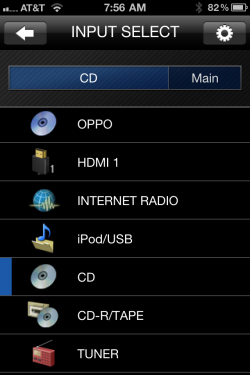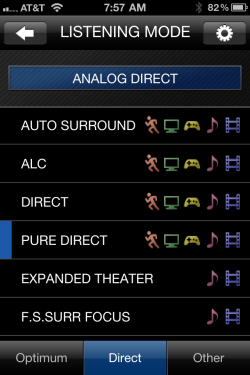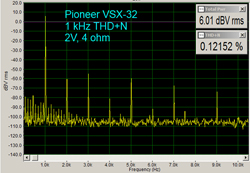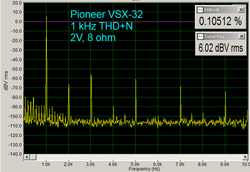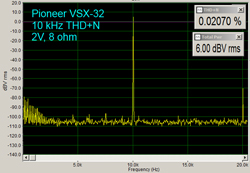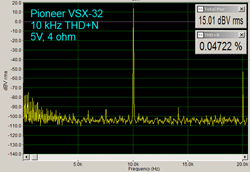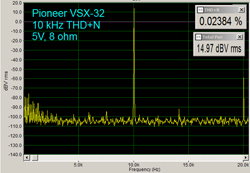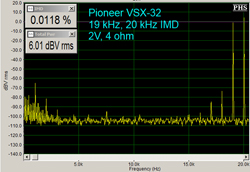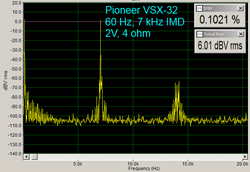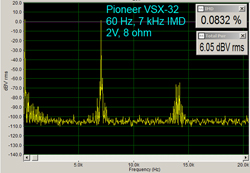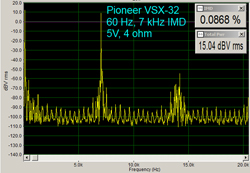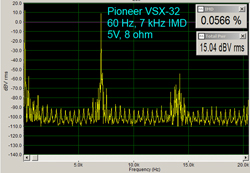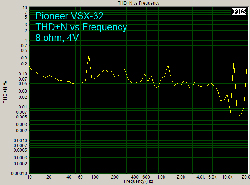Introduction
Last year I had the opportunity to review one of Pioneer’s Class D receivers, the SC-27, and I came away completely impressed with the performance of that product. While I would love to know how their new version of the SC-27 performs, I also wanted to experience another model of the Elite line and see how well one with a more conventional Class AB amplifier would perform. I asked Pioneer if I could look at a model right in the middle of the lineup and so I was happy to get to use the VSX-32 and see how it would perform.
Specifications
- Design: 7.1 A/V Receiver
- Codecs: All, Including Dolby TrueHD, DTS-HD Master Audio
- Power Output: 110 WPC x 7, 20 Hz – 20 kHz, 8 Ohms (THD+N Not Specified)
- Video Connections: HDMI 1.4a (5 rear in, 1 front in, 1 out), Component (3 in, 1 out), Composite (5 in, 1 out), No S-Video
- Audio Connections: RCA Stereo (2 in, 1 out), Optical (3 in, 1 out), Coaxial Digital (2 in, 0 out), 7.1 Multichannel (0 in, 1 preout), iPod, Sirius Radio, Bluetooth (optional)
- Other Connections: Ethernet (Internet Radio, Firmware), 12V triggers (2), USB, RS-232, IR (1 in, 1 out), 2nd Zone (Composite Video, Stereo Audio), Headphone Jack (6.3mm)
- Dimensions: 6.8″ H x 16.5″ W x 17″ D
- Weight: 28.9 Pounds
- MSRP: $800 USA
- Pioneer
Design
The VSX-32 comes equipped with all the new features we look for in a receiver in 2010: Six HDMI 1.4a inputs, a front HDMI input, an iPod interface and app for control, 1080p scaling by Marvell, Internet radio, web control, and even optional Bluetooth. Of course, it also has the features that we expect from everything, including room correction (Pioneer’s MCACC, which I personally prefer to Audyssey), TrueHD and DTS-MA HD support, an amplifier that can support 7 channels of audio, binding posts that accept bare wire or banana plugs, and transcoding of analog video to HDMI so you only need a single cable to run to your display. The VSX-32 even supports the Audio Return Channel, so if you use the digital tuner in your display, you no longer need to run an optical cable back to the receiver for audio.
The Pioneer also has a few features that allow it to be more versatile than many other receivers: 7.1 preouts, 12V triggers, DSD over HDMI, and independent input settings for the video scaler and triggers. This lets me add on an amplifier and use the VSX-32 as a preamp if I decide I need more power in the future, and the triggers let me automatically have that amplifier turn on and off. As someone who still uses SACDs on a regular basis, being able to send DSD over HDMI lets me get the SACD bitstream to the receiver in it’s native format. This is useful as different players can convert from DSD to PCM at different resolutions, or possibly not at all. The receiver will have to eventually convert it to PCM for it’s DACs and bass management..
If you’ve used an Elite receiver from Pioneer, then you’re going to be familiar with the look and finish of their line, and the VSX-32 continues that with the gloss black front and amber display. The remote hasn’t really changed from last year in design, though I found it easier to use than before, perhaps related to using a lot of Pioneer gear over the past couple of years. One nice little touch is that Pioneer uses a detachable power cable, which makes it easier to hook up the receiver and to buy a replacement power cord for the correct length to help keep my cabinet wiring under control.
Setup
After connecting all my components, the first thing I did was run through MCACC to see if it would properly detect all of my speakers and their corresponding distances and crossovers correctly, saving me from manually entering them. In this case, MCACC seemed to get the distances (down to half-inch precision) and levels correct, though the crossovers disagreed with my usual settings. However, I chose to go with their settings and see how it worked for me. Pioneer also lets you browse the MCACC results to see the before and after results in graph form, and even copy it over to a PC with a software application. Unfortunately, the software application still seems to rely on a serial connection which most computers don’t have anymore, so hopefully they will start to support transferring this data over Ethernet in the future.
Configuring the inputs was easy to do though the GUI, which retains much of the same look as last year. Each input lets you assign the digital and analog sources, specify if you need to use either of the 12V triggers, and rename the input, as I did with the Blu-ray player to Oppo and then HDMI1 as TiVo. I would like to see a quicker way to assign and rename these inputs, either through the web interface or the iPhone application, but I imagine we are a couple of years away from that and it still took me under 10 minutes to complete the job. Pioneer does have a web interface to allow you to edit the radio stations, as well as control the current input, surround mode, and the secondary zones, but not for the initial setup.
The one complaint I would have is that the settings for the video processor aren’t accessed through the main menu system, but instead from the front panel of the unit. Additionally, the settings aren’t able to be adjusted unless there is a video signal that’s currently active into the system on that input. They work on a per input basis, which is very nice, but it does mean that for your initial configuration if you want to enable the video processing, you’ll have to switch to each individual component and then adjust the settings for it from the front panel instead of from the GUI.
In Use
I started out using the Pioneer just with my Squeezebox Touch to listen to some music and see if I still enjoyed their MCACC room correction as much as I remembered. With a wide variety of music, ranging from Natalie Merchant to The Beatles and Radiohead, I found that MCACC really added to music sources. The soundstage got a bit wider and deeper, but without losing clarity and focus as I find it does with other room correction systems. The bass was a little tighter than without MCACC enabled, and overall the music benefited from it. With all other room correction systems, I find that I just want to play back my music in a Pure Direct mode to bypass all of the equalization and settings they apply, but with MCACC I always find that it’s beneficial for stereo.
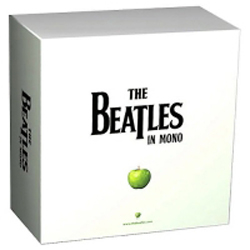
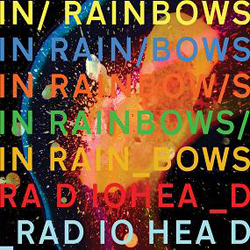
Looking beyond the room correction, the music itself sounded quite good coming from the Pioneer. Female voices from Norah Jones and Natalie Merchant sounded very smooth and natural, and the instruments with Norah Jones had a good amount of detail and air around them. As I moved between using the Squeezebox Touch as a source, or the Touch hooked up to a DAC-2 from Wyred4Sound, I could clearly hear the difference between the two sources. With the Pioneer the delineation between them was clearer than it was with my usual Onkyo receiver, though not as well defined as with the Wyred4Sound integrated, though that is a $2,000 stereo only component.
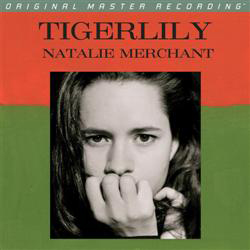
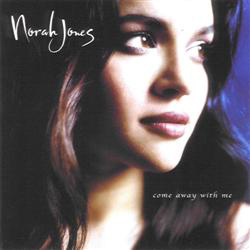
Moving onto films, I went with my recent favorite scene for demonstration material, the airplane crash in Fight Club. Cranking the volume up to levels beyond what I normally listen at, the Pioneer came through and handled the scene quite well. The sounds of air rushing all around me filled the room, and there was no clipping that I could hear coming from any of the speakers. The Pioneer kept me completely immersed in the film and did nothing to distract from the enjoyment, but just enhanced it.

One of the main features in the VSX-32 that people would be interested in is the video scaler, which uses technology from Marvell. As virtually any display that you buy now is 1080p, the ability to convert everything to that resolution (including HDTV and other signals) is more and more important, especially since the scaler in the display often leaves much to be desired. I tested the scaler with two main sources, my TiVo HD sending HDTV signals in their native format (1080i, 720p, and 480i) as well as my Oppo BDP-83, sending various test patterns at different resolutions to see how the Pioneer could handle them.
The TiVo worked quite well in all of my testing. While it didn’t lock on as quickly as the VXP scaler I previously used, it did a very good job of scaling to 1080p by not introducing artifacts, and handling 2:2 pull-down quite well. Sometimes I would lose a cadence lock for a second or two (this is more easily visible on ESPN or other channels with a scrolling ticker, where the text will show jagged edges instead of smooth when the lock is lost), but it would quickly recover and it was only apparent when looking at the ticker.
Using the Oppo to send patterns from the Spears and Munsil test disc, the VSX-32 did a very good job with everything I sent it, at 1080i or 720p resolution. Tests for 3:2 and 2:2 cadences, and film mixed with video all passed with the Pioneer set to 1080p60 output. When set to 1080p24, the Pioneer also did a wonderful job converting all content it received back to 24p. With film, this came out looking exactly like it did when my Oppo outputs native 24p, but of course with video it comes out looking a bit strange as it’s converting from 30 or 60 frames per second down to 24.
The Pioneer also passed Whiter-than-White and Blacker-than-Black signals without clipping them. People might think this is not important as content should not exist in these areas of the video signal. However, I recently attended a training class where I could see that on actual Blu-ray material that data does exist here due to color-space conversion. If your receiver is cutting it off, you’re losing shadow detail, or highlight detail, but you will not with the VSX-32. The only thing I wish that the VSX-32 scaler had is an option to convert everything to 1080p60 except in the case of seeing 1080p24 content, where I want that to pass through. That setting would work great for 99% of users I believe, where it will scale HDTV, video games, concert and TV Blu-ray discs and other material correctly to 1080p60, but let film content pass through untouched.
To see how flexible the Pioneer and it’s 12V trigger were, I setup a system that was as complicated as most people are likely to encounter at any time. I wanted to use the VSX-32 for surround material, but use a dedicated 2 channel amp in the case of stereo material, and also use an external amp instead of the internal amps inside of the Pioneer. Since I was able to configure the Pioneer to use the 12V triggers on a per-input basis, this was not hard for me to setup. When I selected a 2 channel source (CD, Squeezebox Touch, Internet Radio), one 12V trigger would fire, which turned on my stereo amp automatically. If I used an input that was designed for multichannel audio, such as my SACD player, Blu-ray player or TiVo, then the second 12V trigger fired as well, turning on my multichannel amp. As soon as I went back to a stereo input, the multichannel amp would turn back off automatically as well. While not a common setup for people, it let me know that you can start with just the VSX-32, but easily customize it to situations you need, such as firing up an external amplifier, or having a projection screen automatically lower when a video input is selected. This really makes it a receiver that can grow with you as your system expands.
One issue that I had with the SC-27 last year was that the iPod interface didn’t want to work well with my iPhone 3G. Sometimes it worked great, and sometimes it didn’t work at all, and so I stopped using it. This time, the iPod interface had no issues at all with my iPhone 4, which was great since the Pioneer iPod interface allows you to send the digital bitstream of your music instead of the more common analog line out. If you happen to keep your music in Apple Lossless format, this lets you carry around a bit-perfect collection of your songs, and utilize the far better DACs inside of the Pioneer than the one inside of the iPhone or iPod. The on screen interface is simply a carbon copy of the iPod interface, so there is no learning curve in using it at all.
The VSX-32, much like many new components this year, has an App available for the iPhone to control it. These let you control the most common features of the receiver from anywhere in the house, including the input, volume, and listening modes. Where these really would work well is if you were using the receiver for a secondary zone, which often would be far away from where a standard IR remote could control it. It also makes it very easy for multiple people to be able to control the receiver, as many households have multiple iPhones or iPods in them. The one thing that you can’t do is turn on the receiver, which is a major downside of all the current control applications. Being able to do so makes the Secondary Zone work much better, as you would not have to trek across the house to turn it on. It would also be very easy to just turn on the receiver and use the radio, or Internet radio, without needing the remote at all. However, the app does still work very well for what it can do, and it’s free.
Pioneer also sent along the optional Bluetooth module for the VSX-32 which I tested out with my iPhone 4. Once I paired the two, I could send the audio from my phone straight to the receiver, without needing any physical connection. While I initially thought this was more of a novelty than a useful feature, I quickly found that it was better than I expected. With the NPR Music application, I was able to listen to the new albums from Sufjan Stevens and Belle & Sebastian before they were released, and I could stream them straight to the VSX-32 for listening in my living room, without getting up from the couch. Listening to new music that I had loaded up on my phone was much easier than before as well, and it was all controlled from the iPhone instead of through the Pioneer, so my display could remain off. Walking around the living room with my phone in my pocket, the signal was perfect, and continued that way when I was still within 20 feet and one wall away. Once I moved further away, or put more walls between myself and the receiver, the connection started to break up, or fail completely. With the amount of content that I listen to on my iPhone, this is a feature I’d really consider buying on my next receiver.
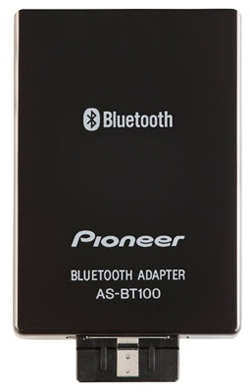
On The Bench
At 6 dBV with a 1 kHz test tone, the Pioneer has 0.1% THD+N at 8 ohm, and it moves up to 0.12% with a 4 ohm load. We see a lot of even and odd harmonics as well, with the peaks measuring around 60 dBV below our test tone.
When I increase the power to 12 dBV, the 8 ohm number drops just slightly to 0.09%, but the 4 ohm load moves up to 0.17% THD+N, but keep in mind that the Pioneer isn’t rated for continuous 4 ohm speakers. Many speakers rated at 8 ohm can drop down to 4 ohm at certain frequencies, however. The harmonics that were present before are here as well.
With a 10 kHz test tone, the numbers are far better than at 1 kHz, with 0.02% THD+N for 8 ohm with a 6 dBV load, and 0.04% for the 4 ohm load. Lower frequencies are typically harder to drive for an amplifier, which would account for the improved performance at 10 kHz. We also see a second order harmonic at 20 kHz for both that is over 70 dBV below the peak value.
Moving the voltage up to 15 dBV, the 8 ohm number moves up just slightly, as does the 4 ohm, once again showing that the higher frequency signal is easier for the amplifier to handle. Again we see a second order harmonic at 20 kHz for both that is over 70 dBV below the peak value.
With 19 kHz and 20 kHz tones, the IMD numbers for 4 ohm and 8 ohm loads are virtually identical. Our harmonics are again around 70 dBV below our test signals.
When we move up to 15 dBV from 6 dBV, the IMD numbers actually are reduced by a factor of 10, and the 4 ohm load measures better than the 8 ohm load in this case.
On the IMD test with 60 Hz and 7 kHz tones, the 8 ohm load measures slightly better, at 0.08% IMD compared to 0.1% IMD. We have a second order harmonic out at 14 kHz that is around 65 dBV below the fundamental value for both tests.
When we move up to 15 dBV, the IMD once again drops, but only by around 30% unlike with the 19 kHz and 20 kHz tones. The 8 ohm still measures better than the 4 ohm load, and the second order harmonic is once again present at around 65 dBV below the fundamentals.
Looking at the THD+N vs Frequency graphs, with a 12 dBV signal, both loads keep the THD+N below 0.2% across almost the entire frequency spectrum, with some odd peaks that jump above that on the 8 ohm load. The THD+N values trend downwards as you move higher in the frequency spectrum, once again showing that those higher frequencies are often easier for the amplifier to drive.
Conclusions
Pioneer impressed me last year with their receivers, and they did it again this year. In my view, the VSX-32 occupies a sweet spot for value in the receiver lineup. It has features that are very useful today, such as 1080p scaling, Internet Radio, and an iPod/iPhone digital interface, but also has room to grow thanks to 12V triggers and pre-out jacks. The quality of audio and video left me quite pleased to have it in my system, and the performance on the bench was very nice as well. For people that are looking for a receiver recommendation from me, the Pioneer will be one that I don’t hesitate to suggest to them.




